Discover 10 Powerful War Movies Like Empire of the Sun (1987)
«Empire of the Sun,» directed by Steven Spielberg and released in 1987, is a gripping tale set against the backdrop of World War II. Based on J.G. Ballard’s semi-autobiographical novel, the film follows a young British boy, Jim «Jamie» Graham, as he navigates the harrowing experiences of being a prisoner of war in a Japanese internment camp. Its emotional depth, stunning cinematography, and a child’s perspective of war make it a unique addition to the war movie genre. If you found «Empire of the Sun» compelling and are in search of similar films that explore themes of war, resilience, and the human spirit, here are ten must-watch movies that resonate with its essence.
- Life is Beautiful (1997) — This Italian classic blends humor and tragedy beautifully as a father uses his imagination to shield his son from the horrors of a concentration camp during World War II.
- The Boy in the Striped Pajamas (2008) — A poignant tale of friendship that blossoms in the shadow of a Nazi concentration camp, seen through the eyes of two innocent boys from opposing sides.
- Come and See (1985) — A harrowing Soviet film that chronicles the devastation of war on a young boy’s life and gives a sobering view of humanity in conflict.
- In the Land of Blood and Honey (2011) — Angelina Jolie’s directorial debut explores the impact of the Bosnian War on love and human relationships, featuring a striking portrayal of a war-torn landscape.
- War Horse (2011) — Another Spielberg masterpiece that tells the story of a young man and his horse separated by the tragedies of World War I, showcasing the bond between humans and animals in times of distress.
- Grave of the Fireflies (1988) — This animated film from Studio Ghibli paints a heart-wrenching picture of two siblings struggling to survive in Japan during World War II, highlighting the innocence lost in conflict.
- The Thin Red Line (1998) — Terrence Malick’s contemplative narrative on the Battle of Guadalcanal examines the brutal realities of combat and the philosophical nature of war.
- Saving Private Ryan (1998) — Renowned for its intense realism, this film captures the D-Day invasion of Normandy and follows a group of soldiers on a mission to find a paratrooper after the loss of his brothers.
- Letters from Iwo Jima (2006) — Clint Eastwood’s companion film to «Flags of Our Fathers» presents the Japanese perspective of World War II, delving into the lives and fates of the soldiers during the Battle of Iwo Jima.
- All Quiet on the Western Front (2022) — This adaptation of the classic novel powerfully conveys the harrowing experiences of soldiers in World War I, embodying the futility of war through immersive storytelling.
Each of these films, while uniquely telling their stories, carries the same sense of loss, hope, and survival that «Empire of the Sun» so beautifully encapsulates. From the innocence of childhood to the raw reality of wartime experience, these movies remind us of the resilience of the human spirit in the face of unimaginable adversity. Grab some popcorn, settle in, and prepare for emotional journeys that are bound to leave a lasting impact.
10 Fascinating Facts About Empire of the Sun (1987)
“Empire of the Sun,” directed by Steven Spielberg and released in 1987, is a visually arresting film that captures the essence of innocence lost during wartime. Based on J.G. Ballard’s semi-autobiographical novel, the movie showcases the struggles of a young boy amid the chaos of World War II in Shanghai. Here are ten intriguing facts about this cinematic masterpiece:
- Real-Life Inspiration: The film is loosely based on J.G. Ballard’s experiences as a child during World War II. His time spent in a Japanese internment camp significantly influenced the story’s narrative.
- Early Spielberg Project: “Empire of the Sun” was one of Spielberg’s early projects that showcased his ability to weave deep emotional stories with stunning visuals, cementing his status as a master storyteller.
- Christian Bale’s Breakout Role: The film marks the debut of Christian Bale in a leading role. He was just 13 years old when he portrayed the character of Jim «Jamie» Graham, and his performance was applauded by critics.
- Stunning Visuals: Spielberg collaborated closely with cinematographer Allen Daviau, ensuring that the film’s aesthetics captured the vibrant yet haunting atmosphere of wartime Shanghai.
- Child’s Perspective: The story is told from the perspective of a child, providing viewers with a unique lens through which to understand the horrors of war, innocence, and survival.
- First Film for the Oshima Edit: “Empire of the Sun” was the first film released in the United States that allowed the addition of the Oshima edit – a method involving advanced video techniques that enhanced the film’s emotional scenes.
- Acclaimed Soundtrack: The music score, composed by John Williams, remained a staple in film soundtracks and was nominated for an Academy Award, further highlighting the film’s emotional depth.
- Filming Locations: Much of the filming took place in the UK, despite Shanghai being the film’s principal setting. The production team created a replica of the Shanghai International Settlement.
- Historical Context: At the time of filming, the geopolitical climate allowed for a nuanced exploration of themes related to war, survival, and the loss of childhood innocence.
- Cultural Impressions: The film is often praised for its portrayal of the cultural clash between the British and the Japanese during the occupation, making it not only a personal but also a historical narrative.
“Empire of the Sun” remains a significant film in cinematic history, embodying the resilience of the human spirit and providing a poignant look at a child’s experience during one of the most tumultuous times in history. Whether you’re revisiting it for nostalgia or seeing it for the first time, the film invites reflection on the devastating impact of war on innocence.


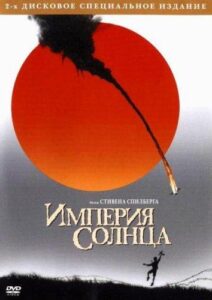
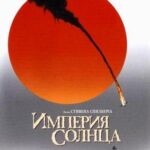
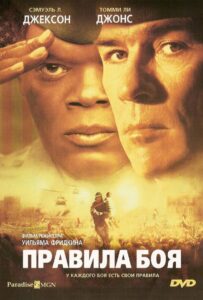
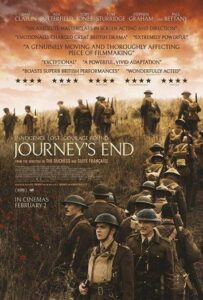
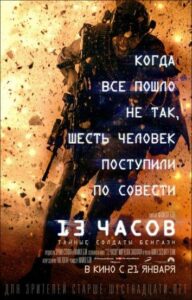
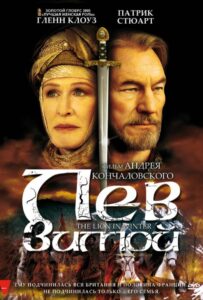
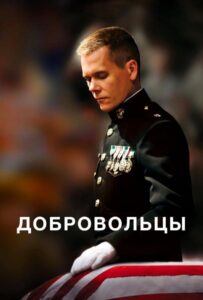
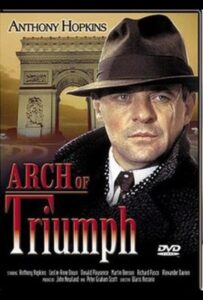


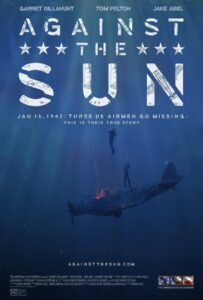
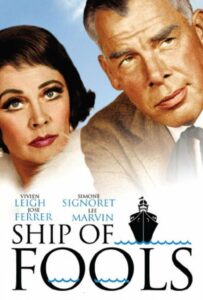
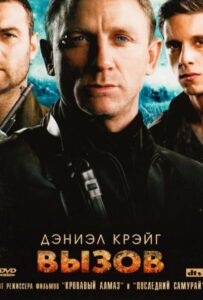
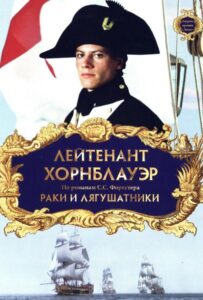
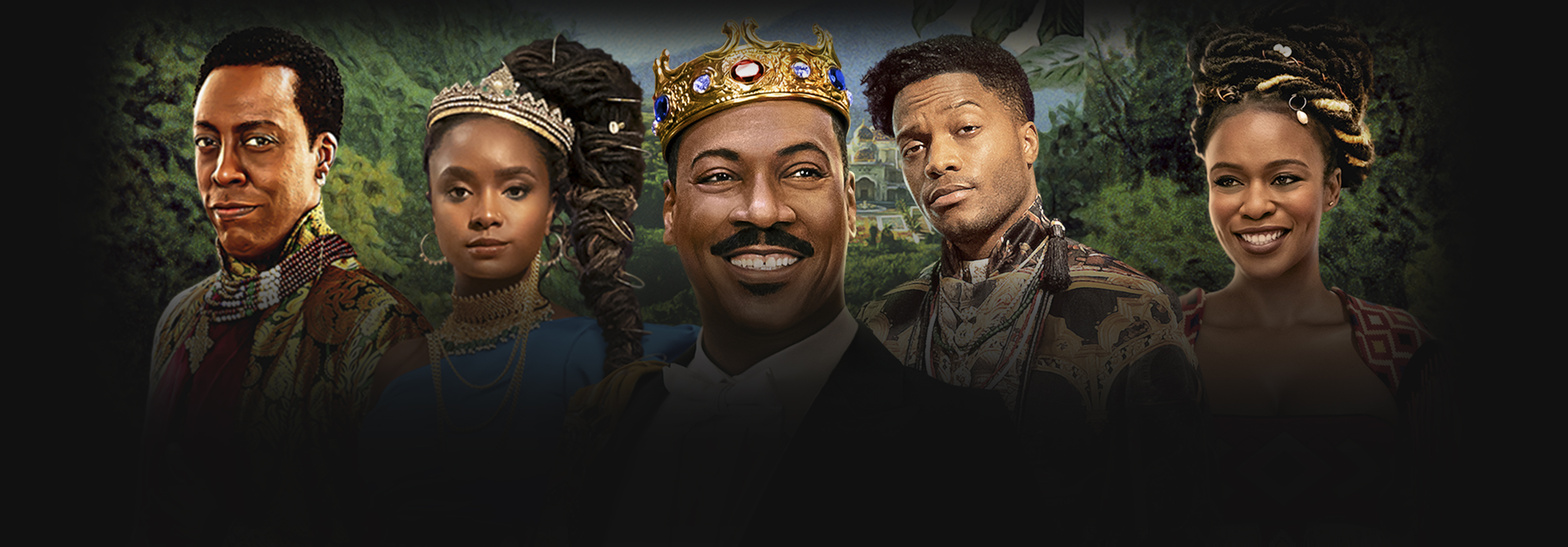
Оставь свой отзыв 💬
Комментариев пока нет, будьте первым!